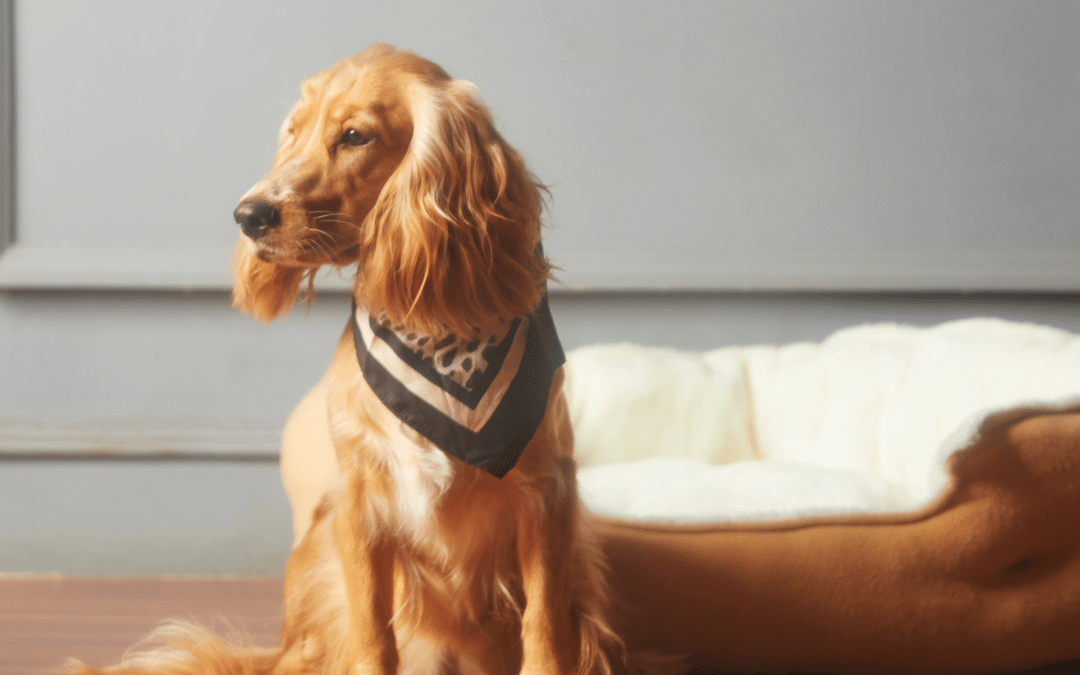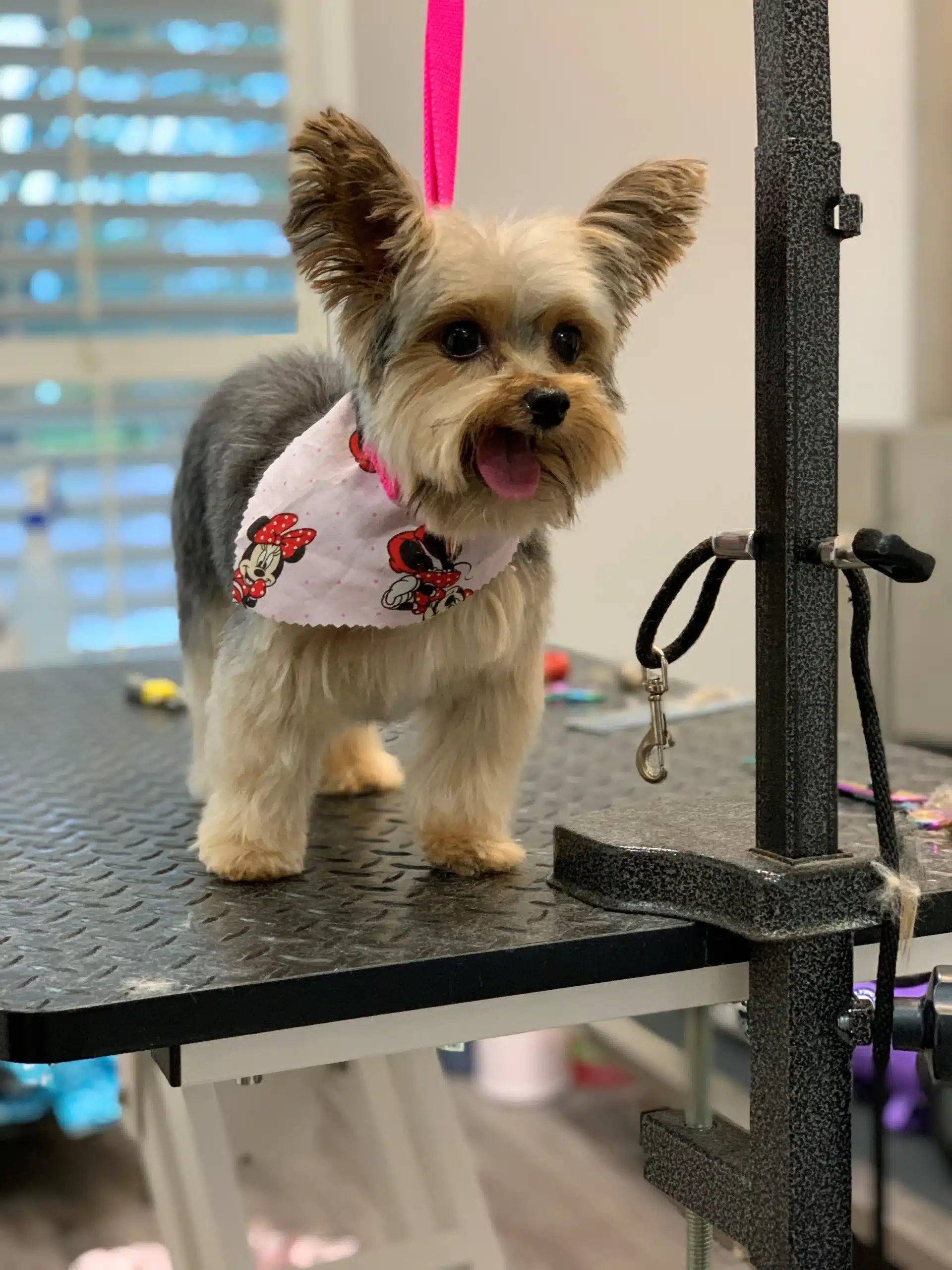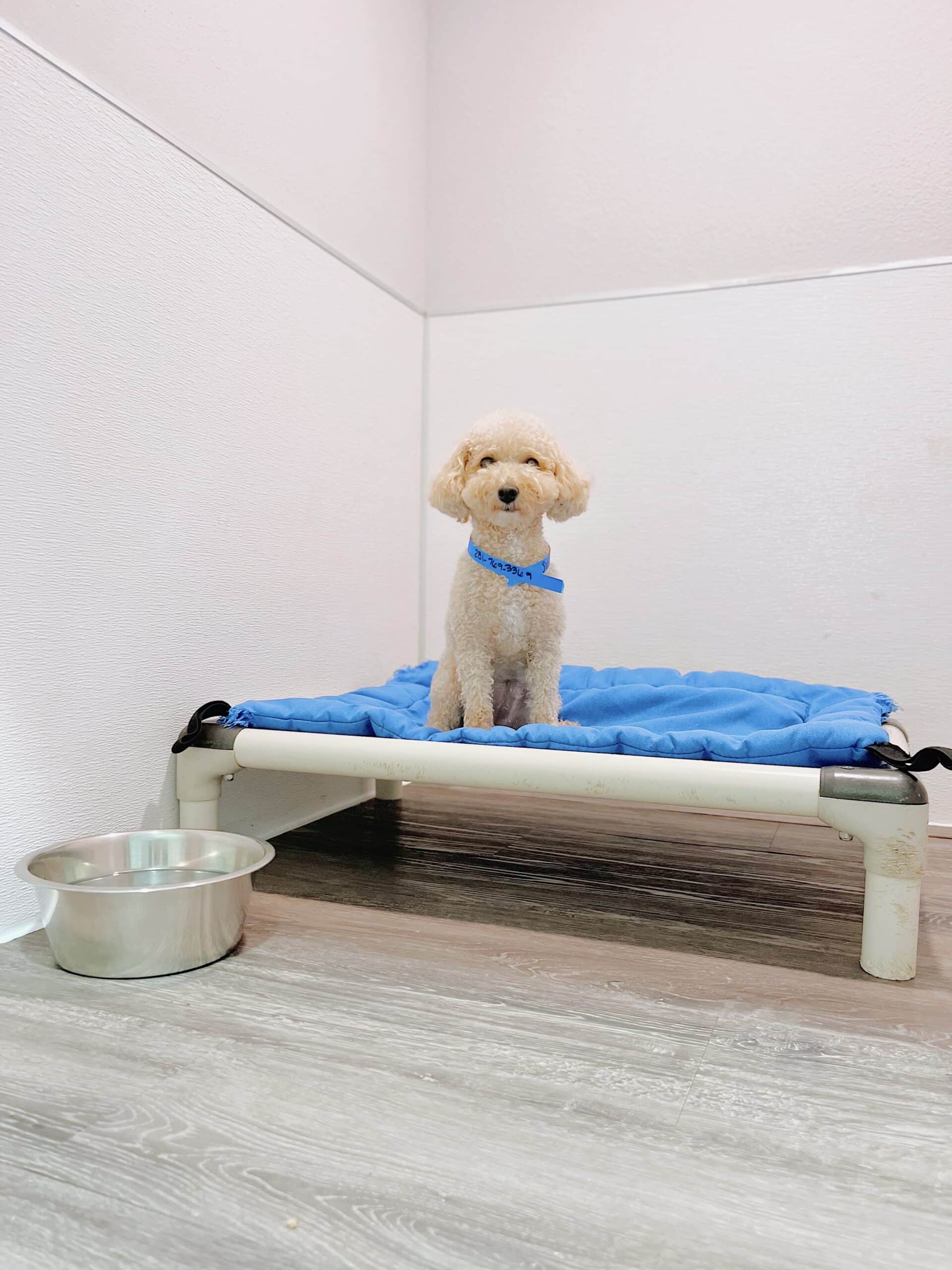Understanding Your Pet’s Needs Before Boarding
Preparing your pet for boarding involves more than simply choosing a reputable facility. It requires a deep understanding of your pet’s unique needs and preferences to ensure their comfort and well-being during your absence. Each pet is an individual, with its own set of habits, preferences, and anxieties, which should be carefully considered before making boarding arrangements.
Assessing Emotional and Physical Requirements
First and foremost, assess your pet’s emotional and physical needs. Is your pet sociable, comfortable around other animals, or do they become anxious in unfamiliar environments? Understanding these aspects can guide your choice of a boarding facility. For instance, a highly social dog may thrive in a boarding environment with plenty of interaction, while a shy or older pet might prefer a quieter, more individualized setting.
Health Considerations
Next, consider any specific health requirements. If your pet is on medication or has dietary restrictions, ensure the boarding facility is equipped to handle these needs. It’s essential to communicate these requirements clearly to the staff to avoid any health complications. Additionally, ensure your pet is up-to-date on vaccinations, as most boarding facilities require this as a prerequisite for boarding.
Familiarization with Boarding Environment
Familiarity can significantly ease your pet’s transition to a boarding environment. If possible, visit the boarding facility beforehand with your pet, allowing them to explore and become acquainted with the new surroundings. This visit can help reduce anxiety and make the actual boarding experience less daunting for your pet.
By thoroughly understanding your pet’s needs and preparing accordingly, you can ensure their boarding experience is as comfortable and stress-free as possible. This thoughtful preparation not only benefits your pet but also provides you with peace of mind, knowing they are well cared for during your travels.
Essential Items to Pack for Your Pet’s Stay
Preparing your pet for boarding involves more than just a simple drop-off. Ensuring their comfort and well-being during your absence requires thoughtful preparation. As you embark on this endeavor, it is crucial to pack essential items that will make your pet’s stay as comfortable and stress-free as possible.
Familiar Comforts
First and foremost, consider packing familiar items that carry the scent of home. A favorite blanket or a beloved toy can provide a sense of security and comfort for your pet, helping to ease the transition into an unfamiliar environment. The smell of home can be incredibly soothing and may significantly reduce anxiety levels.
Dietary Needs
Another critical component is your pet’s dietary requirements. Make sure to pack enough of their usual food to last the entire duration of their stay. Abrupt changes in diet can lead to gastrointestinal distress, so maintaining consistency is key. Additionally, include feeding instructions that specify portion sizes and any dietary restrictions or allergies your pet may have.
Medication and Supplements
If your pet requires medication or supplements, these should be clearly labeled and packed in sufficient quantities. Include detailed instructions regarding dosage and administration to ensure the boarding facility staff can adequately attend to your pet’s health needs. This is particularly important for pets with chronic conditions or those on strict medication schedules.
Identification and Documentation
Don’t forget to provide updated identification and necessary documentation. A collar with an ID tag is essential, and it’s wise to include a copy of your pet’s vaccination records, ensuring they’re up-to-date. This documentation might be required by the boarding facility and acts as a safety net in case of any unforeseen health issues.
By taking these steps to pack thoughtfully, you can enhance your pet’s boarding experience, ensuring they remain happy and healthy while you’re away. A little preparation goes a long way in providing peace of mind for both you and your furry friend.
Strategies to Ease Your Pet’s Separation Anxiety
When planning a trip, ensuring your pet feels comfortable and secure during your absence is paramount. Separation anxiety can be a significant concern, especially for pets who are closely bonded with their owners. To alleviate this stress, it’s crucial to implement effective strategies that cater to your pet’s emotional needs, thereby easing their transition into a boarding environment.
Gradual Acclimatization
Ahead of your departure, gradually introduce your pet to short periods away from you. Start by leaving them alone for brief intervals and slowly increase the duration over time. This approach helps your pet adjust to being apart, reducing anxiety when the time comes for a longer separation. Consider leaving them in the care of a trusted friend or using pet-sitting services for short periods to mimic the boarding experience.
Familiar Objects and Scents
Comfort items can play a pivotal role in easing your pet’s anxiety. Pack their favorite toys, blanket, or even an item of your clothing with your scent to accompany them during their stay. These familiar objects can provide reassurance and a sense of continuity, helping your pet feel more at ease in an unfamiliar setting.
Exercise and Mental Stimulation
Ensuring your pet is well-exercised and mentally stimulated before you leave can help mitigate anxiety. Engage them in vigorous play sessions or long walks to expend excess energy. Providing puzzle toys or interactive feeders can also keep their minds occupied, promoting relaxation and reducing stress.
Consultation with a Veterinarian
If your pet exhibits severe anxiety, consulting with a veterinarian might be beneficial. They can offer tailored advice or prescribe mild anti-anxiety medication to help your pet cope. Additionally, they may suggest behavioral training techniques to further alleviate anxiety symptoms.
By proactively addressing separation anxiety, you can help your pet feel more secure and comfortable while you are away. These strategies not only benefit your pet’s emotional well-being but also ensure peace of mind for you, knowing they are in a supportive environment during your travels.
Creating a Comfortable Environment for Your Pet
Preparing your pet for boarding can be a daunting task, both for you and your furry friend. The key to a successful experience lies in creating a comfortable environment that closely mimics the warmth and familiarity of home. This not only eases your pet’s transition but also alleviates any anxiety they might experience in your absence. Here’s how you can ensure that their stay is as pleasant as possible.
Familiar Items from Home
One of the most effective ways to comfort your pet during boarding is to bring along familiar items from home. These can include their favorite blanket, a beloved toy, or even a piece of clothing with your scent on it. Such items can provide a sense of security and continuity, acting as a comforting reminder of home. The presence of these objects in an unfamiliar environment can significantly reduce stress levels, making the transition smoother.
Recreate Routine
Pets thrive on routine, and maintaining a semblance of their daily schedule can work wonders in keeping them calm. Before boarding, provide the staff with a detailed breakdown of your pet’s daily habits, including feeding times, exercise routines, and any special needs. By replicating their usual routine, you help minimize disruptions to their daily life, providing stability and comfort despite the change in environment.
Engage with the Boarding Facility
Another vital step is to familiarize your pet with the boarding facility beforehand. Arrange a visit to the facility, allowing your pet to explore and become accustomed to the new surroundings. Meeting the staff and other animals can help your pet form positive associations with the boarding experience. Additionally, discuss your pet’s specific needs with the facility staff to ensure personalized care during their stay.
By taking these steps, you create a bridge between the comfort of home and the newness of a boarding environment. While your pet may still miss you, the familiarity of routine and beloved items can provide significant reassurance, ensuring they stay happy and stress-free until your return home.








Recent Comments